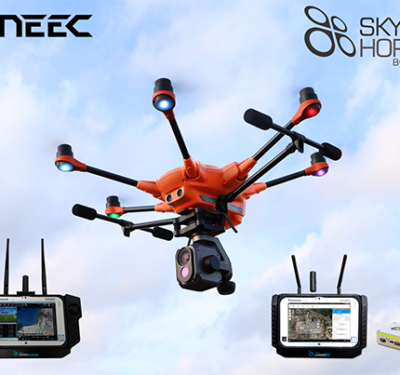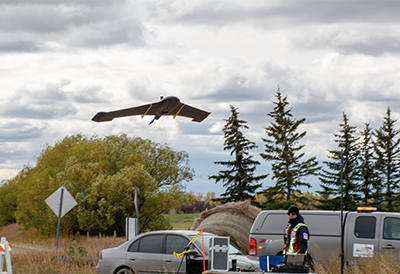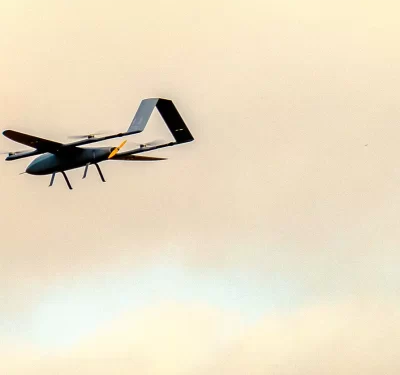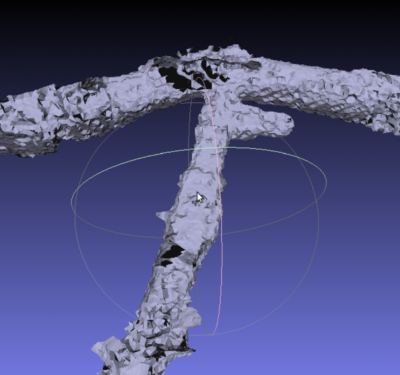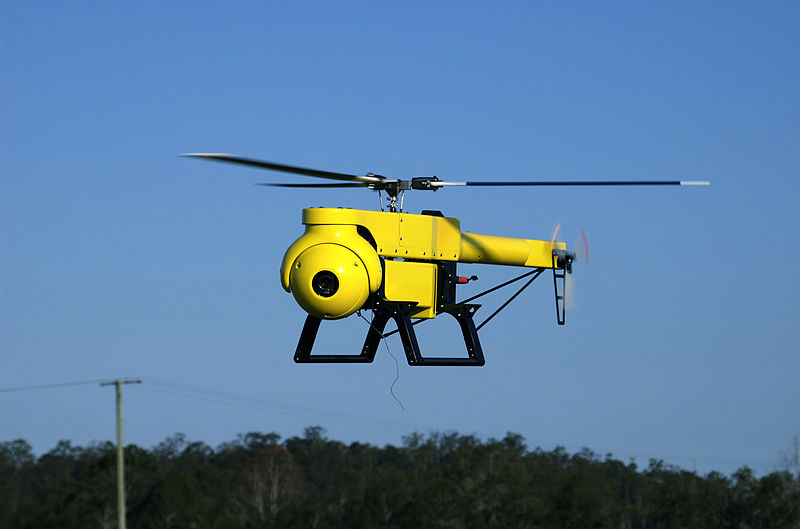
A research UAV operated by the Commonwealth Scientific and Industrial Research Organization (CSIRO) of Australia, which is one of the nations that are advancing the use of unmanned aerial systems. CSIRO photo courtesy of Wikimedia Commons
The Federal Aviation Administration (FAA) has received 176 applications for rule waivers from companies seeking to fly unmanned aircraft commercially, a procedure put in place to give firms flight opportunities while the long-delayed rule for small unmanned aerial systems (UAS) is finalized.
The agency has made decisions on two dozen of those petitions with a number rejected pending the receipt of more information. Of the dozen that were approved seven aerial film companies were granted waivers from existing rules in September while five mapping and remote sensing firms won exemptions December 10.
Trimble, one among the latter five, plans to use its new status to begin conducting research activities, sales demonstrations, and flight training in the United States, according to spokeswoman Lea Ann McNabb, and will be looking for ways to further leverage the exemption for the firm’s partners and customers.
“With Trimble’s authorization in place, we can directly support (our business associates’) needs where that is appropriate,” said McNabb in an emailed response. “Our customers and partners will also be able to apply for authorization to operate our UAS under the conditions of our exemption. We believe that these authorizations will be available on a more streamlined basis now that Trimble has received its exemption.”
The waiver covers Trimble’s 5.5-pound UX5 unmanned aircraft.
The waiver process, which was enacted as part of the FAA Modernization and Reform Act of 2012, is helping take the pressure off the agency while it works to finalize a rule for operating UAS weighing 55 pounds or less. A draft is now under review by the Office of Information and Regulatory Affairs within the Office of Management and Budget — a necessary step for any new rule. Although the FAA had said it planned to get the rule out for public comment by the end of this year, the usual timeline for an OIRA review puts publication of the rule in early 2015..
“The OIRA process calls for a 90-day review and that would be January 25,” said Mark A. Dombroff, a partner at the law firm of McKenna Long & Aldridge LLP, which has an unmanned law practice.
In the meantime, those companies that have filed for waivers are waiting longer for a decision.
At least 50 waiver applications have been under consideration for more than 120 days, said Michael Drobac, a senior adviser at the law firm of Akin Gump Strauss Hauer & Feld and the executive director of the recently formed Small UAV Coalition.
“The requirements that come with getting a petition approved are extremely onerous — and reasonably so,” said Drobac. “I don’t think that we can say that the FAA should simply authorize all of them. I think that they are looking at this carefully, and they are trying to do due diligence. They are understaffed. So the ability to keep up with the incredible attention and the incredible amount of focus on this is difficult for the FAA, where they don’t have the resources.”
The recent omnibus spending bill passed by Congress added some $10 million to the FAA’s unmanned effort to support research and a new Center of Excellence for Unmanned Systems.
He pointed out that, even after firms get their petitions approved, they still have to obtain certificates of authorization to fly.
“That’s an arduous process for each instance where you want to operate,” Drobac told Inside Unmanned Systems. “And that’s just not feasible for companies to go through.”
The delay in getting a rule and integrating UAVs -into the national airspace, is putting the industry in the United States behind, he said. “I think other countries like Canada, like the U.K, Denmark, Germany, New Zealand, Australia, India, Japan — they are far ahead of us in terms of maximizing the potential of this technology.”
That imbalance in the level of regulation and opportunity could lead American UAS companies to take their operations overseas, he suggested.
“For well-financed companies I think it absolutely is a viable option to go overseas We’ll see them do it — in fact, we’ve heard of some examples where companies are doing it. I think with the projected pace of when were going to be allowed to operate UAVs in the U.S. for commercial purposes being late 2016 or 2017, there is no question but that they’re going to have to do it.”


